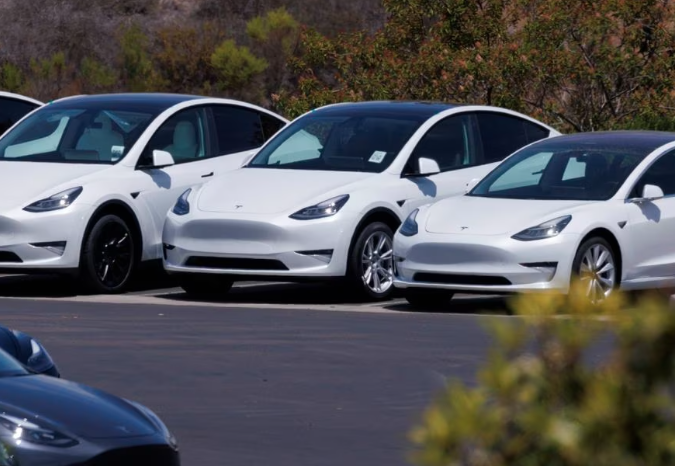Women need to be engaged in designing, implementing, and monitoring climate-smart agriculture. With a food crisis and climate change affecting millions of people in Asia and the Pacific, equipping female farmers with technology, support, and resources, is a win for women and food security overall.
Women play critical roles in food systems as producers, processors, traders, consumers, scientists, and policymakers, but their role is not always recognized or counted. Closing the gender gap in farming can increase food production and security. So what is holding women back?
Globally, women represent approximately 43% of the agricultural labor force, and in some Asian countries this percentage is much higher. In South Asia, few women engaged in agriculture are landholders, ranging from 4.8% in Bangladesh to 12.8% in India. This means that most women farmers in South Asia are unpaid family workers or paid laborers on other people’s farms. However, when women own land, they participate more in community activities and significantly influence agricultural or productive choices in household decision-making.
Despite playing a significant role in agriculture in the region, female farmers do not receive the same economic benefits as men, either through wages or employment. Female farmers also lack access to agricultural extension services that target their specific needs and provide them with increased knowledge, skills, and information.
Sociocultural norms and agricultural practices determine women’s roles in food systems. A 2020 ADB study on the role of Tajik women in agriculture showed that 69% of women in Tajikistan were officially employed in the agriculture sector, compared to 41% of men. The figure could be as high as 80% if wage or daily workers are included. Their roles fall under agricultural wage or daily workers, managing kitchen gardens, and family-based farmers. These roles may overlap, especially if women work as caretakers or small agricultural producers within their homes, which is not recognized in official statistical reports.
In rice farming, women in Bangladesh are frequently limited to post-harvest activities, whereas in India, women also participate in crop establishment, harvesting, and post-harvesting activities. Gender norms restricting women’s roles can also hinder women from accessing or adopting new agricultural technologies and farming practices. A review of development projects promoting high-value agriculture in Bangladesh, Burkina Faso, Mozambique, and Uganda, found that involving women helped increase production, income, and household assets.
Climate-related impacts on food security will be experienced differently by women.
More people in the region will be exposed to extreme weather and climate events and at risk of food insecurity, and in Asia, more women are food insecure than men. While climate and weather affect everyone, some impacts affect women more acutely.
For example, heat stress has been found to impact women more severely (although data remains limited). Some studies show that, unlike men, women may have no choice but to keep working during heat events, given their lack of other coping strategies. In Tanzania, a study revealed that men are likely to reduce labor supply by 1.4 days per hectare during a heat event, while women did not decrease the number of hours worked and, in some cases, increased their hours.
It’s essential to ensure that actions taken to adapt to climate change do not exacerbate existing gender-based and other social inequalities. Increasing weather and climate forecasting to reduce production risk have been introduced as climate-smart interventions for farmers. However, in some countries, farmers’ group requirements, such as fees, can disadvantage women and limit their access to weather-based agricultural advisories. Understanding how and where female farmers receive critical information is essential to increasing their ability to adapt to climate change.
If rural women were given equal access to the same resources as men, we could significantly reduce hunger. Food insecurity is linked to women’s unequal access to and control over resources compared to men. According to the Food and Agriculture Organization, the number of hungry people worldwide could be reduced by up to 150 million people if rural women were given equal access to resources as men. This includes access to labor-saving technologies and even the most basic farm tools that many female farmers lack. Access to credit will also improve women’s uptake of climate-smart agriculture practices.
Climate-smart agriculture can significantly reduce the labor burden for women in agriculture. However, climate-smart agriculture benefits to both men and women may be lost if gender issues in agriculture are not considered. For example, farmers’ priorities for climate-smart agriculture technologies are linked with climatic conditions, socio-economic characteristics, and willingness/ability to pay for available technologies.
Women are more likely than men to engage in water harvesting and small-scale irrigation, while men are more likely than women to adopt stress-tolerant varieties. However, research shows that women lack equal access to the information needed to produce food more effectively and efficiently.
Looking ahead, women need to be engaged in designing, implementing, and monitoring climate-smart agriculture. This can lead to extension and advisory systems improvements to better respond to the needs of female farmers.
With a food crisis and climate change affecting millions of people in Asia and the Pacific, equipping female farmers with technology, support, and resources, is a win for women and food security overall.
Source : Asian Development Blog





